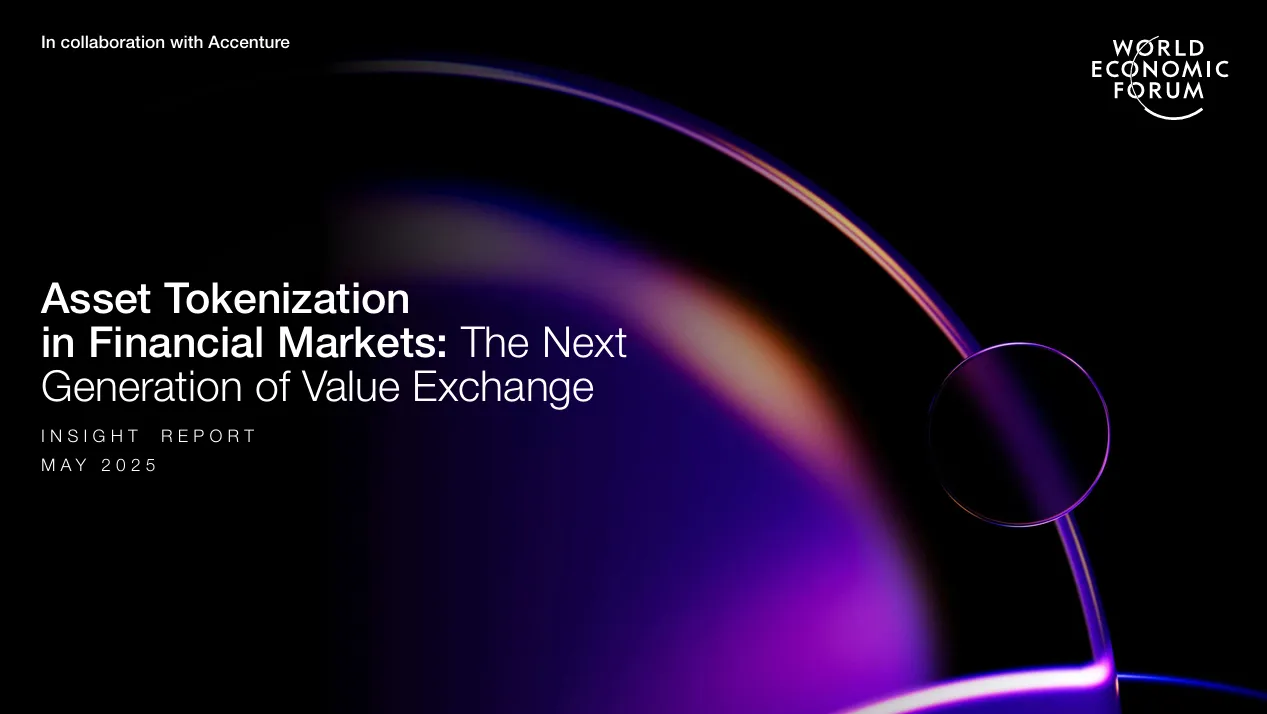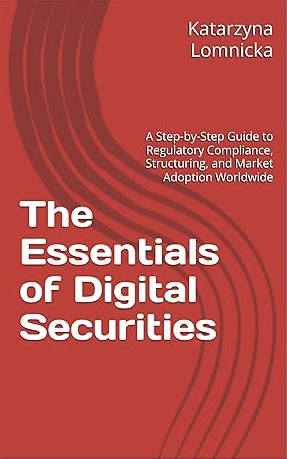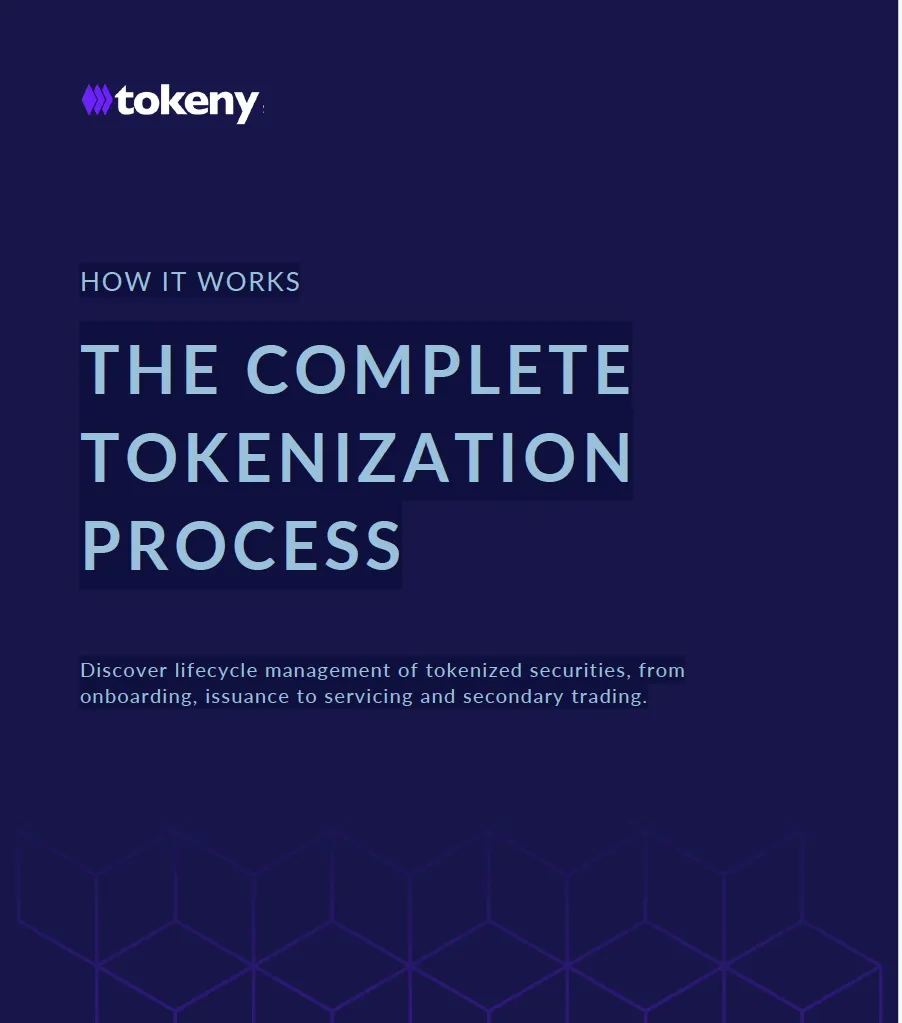Table of Contents
Asset Tokenization: Transforming Financial Markets Infrastructure
The financial services industry stands at the precipice of a transformative revolution, driven by the emergence of asset tokenization and distributed ledger technology. This comprehensive examination explores how tokenization is poised to fundamentally reshape financial markets infrastructure, offering unprecedented opportunities for efficiency, transparency, and global accessibility while addressing the challenges that must be overcome for widespread adoption.
Check our latest book on the digital asset space
Understanding Asset Tokenization
Tokenization represents the process of converting rights to an asset into a digital token on a blockchain or distributed ledger. This revolutionary concept extends far beyond cryptocurrencies, advocating for a comprehensive reevaluation of asset ownership and transfer systems. The transformation promises to pave the way for a more innovative and accessible financial landscape that transcends traditional boundaries and limitations.
At its core, tokenization involves creating digital representations of assets on programmable ledgers, offering groundbreaking benefits such as real-time settlement, flexible custody models, and enhanced operational efficiency. This digital transformation allows assets to exist in formats that enable rapid, secure trading and transfer on digital platforms, fundamentally altering how financial markets operate.
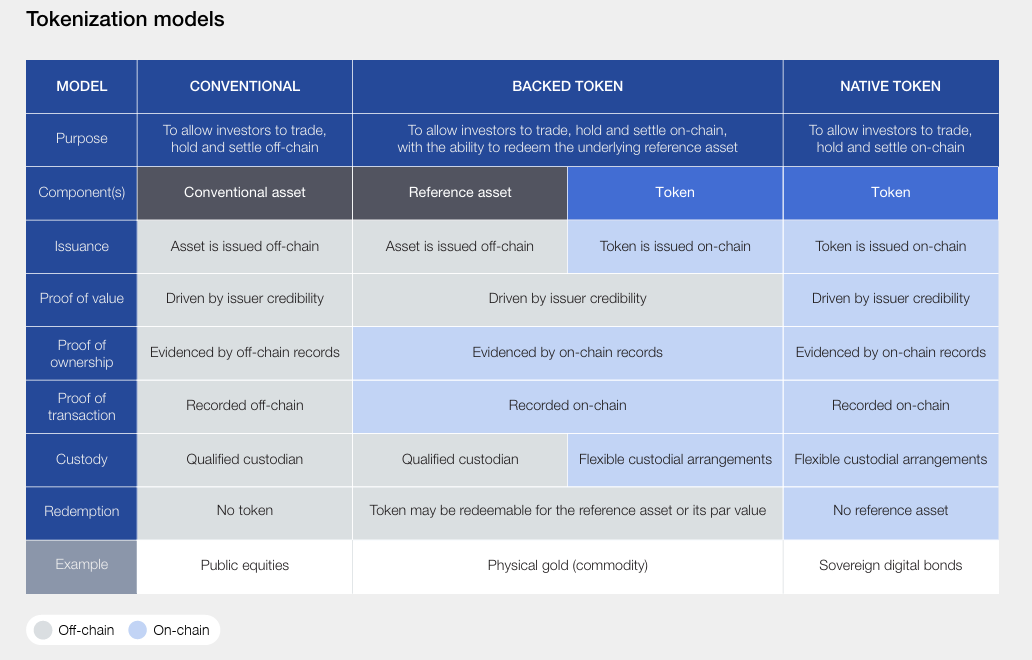
The Power of Programmable Ledgers
Programmable ledgers, including blockchain networks, serve as the foundational architecture supporting tokenized assets. These sophisticated systems support smart contracts that automate transactions, dramatically reducing manual reconciliations traditionally required in financial systems. The automated nature of these programmable ledgers ensures seamless, transparent transactions while maintaining security and reliability.
The unique value proposition of tokenization emerges from five core differentiators offered by programmable ledgers. These innovations include enhanced settlement efficiency, improved transparency mechanisms, reduced operational costs, increased accessibility for global participants, and the creation of new financial instruments previously impossible under traditional systems.
Transformative Applications Across Asset Classes
Tokenization applications span diverse use cases including asset issuance, securities financing, and comprehensive asset management strategies. The technology demonstrates remarkable versatility across multiple asset classes including equities, bonds, private equity, real estate, and commodities. Each application highlights tokenization's capacity to simplify complex processes, enhance transparency, and create new avenues for financial inclusion and instrument innovation.
Securities Financing Revolution
Securities financing transactions, encompassing repurchase agreements and securities lending, form the backbone of liquidity management in global financial markets. Currently valued at over twenty-five trillion dollars globally, this market represents the lifeblood for short-term funding utilizing securities as collateral. Tokenization promises to revolutionize this space through enhanced efficiency and transparency.
Collateral management emerges as a particularly groundbreaking application area. Tokenization promises not only to streamline but completely transform how collateral is managed, enhancing efficacy and transparency of financial transactions. The ability to move collateral seamlessly across different platforms has potential to unlock more than one hundred billion dollars annually, according to industry analysis. Pioneering platforms are already offering innovative, real-time solutions that demonstrate this transformative potential.
The global repurchase agreement market, with daily turnover reaching three to four trillion dollars, stands to gain immensely from tokenized frameworks through improved settlement speeds and reduced counterparty risks. Tokenization enables automatic, precise tracking of transactions and ownership, thereby enhancing liquidity and operational efficiency across the entire ecosystem.
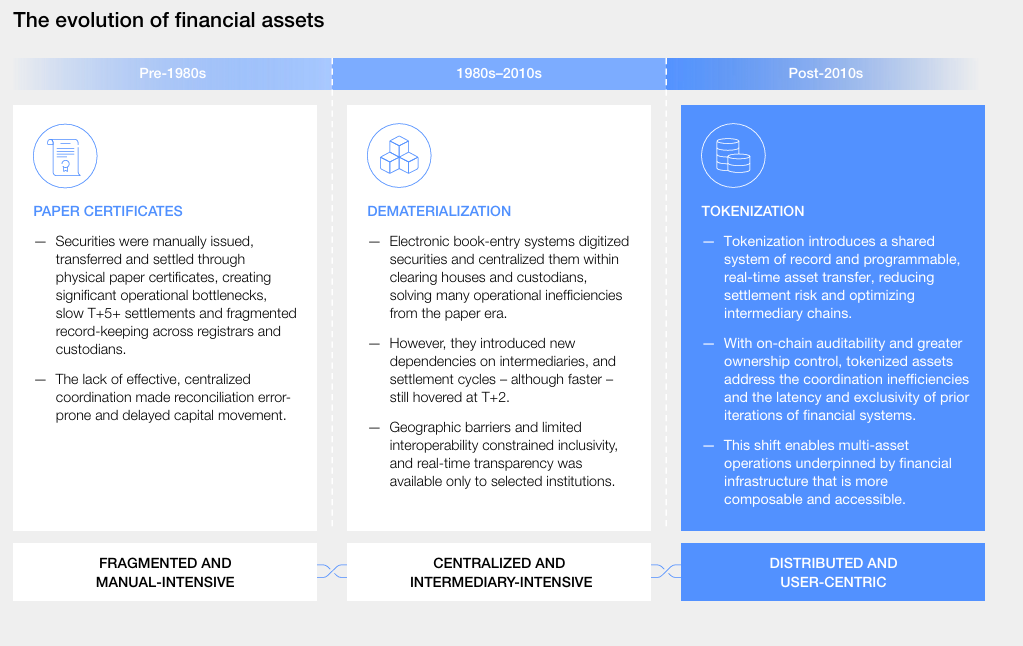
Asset Management Innovation
Asset management sectors increasingly employ tokenized funds and strategies to enhance investment opportunities and extend access to diverse asset classes. Funds explore both on-chain and off-chain models to enhance operational processes while reducing costs and improving accessibility for investors worldwide.
On-chain funds demonstrate how traditional assets can be tokenized and represented as digital tokens on programmable ledgers. This approach broadens investor access while reducing dependence on intermediaries, offering more streamlined and cost-effective processes. Leading initiatives have successfully brought high-quality liquid assets to digital platforms, displaying remarkable growth trajectories that validate the approach.
Conversely, off-chain funds provide pathways for traditional investors to access digital assets without direct involvement with underlying digital infrastructure. These initiatives demonstrate the financial sector's commitment to creating familiar investment vehicles centered around supportive digital frameworks that bridge traditional and digital finance.
Regulatory Landscape and Global Standards
The regulatory environment for asset tokenization is experiencing substantial momentum as technology evolves, creating opportunities for more efficient financial exchanges. Regulatory clarity, global standards, and emerging governance structures prove pivotal in ushering a new era of digitally tokenized assets that can operate across jurisdictions seamlessly.
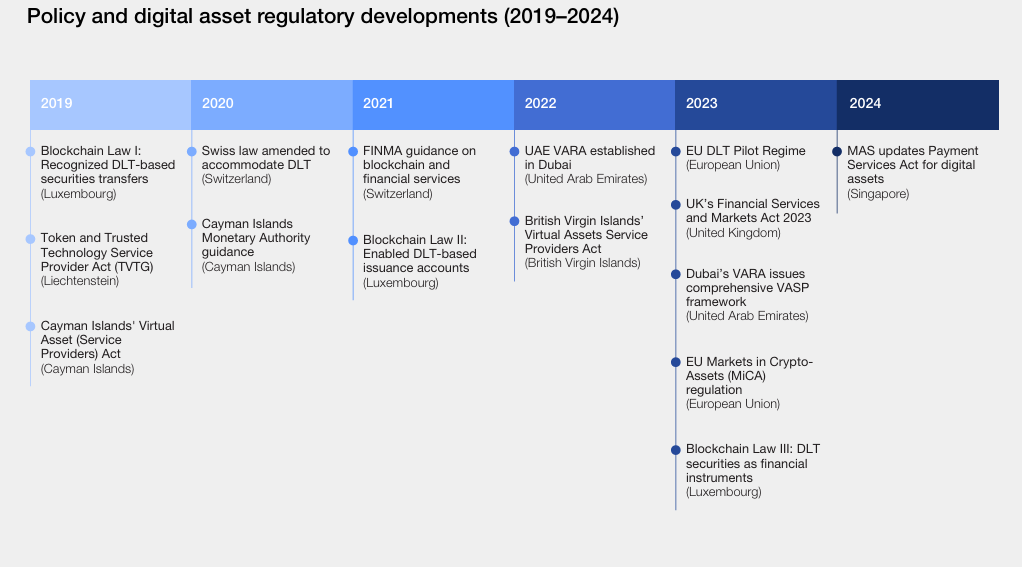
Harmonized industry standards represent a major pillar driving global tokenization adoption. Efforts to align technical standards with regulatory frameworks demonstrate the importance of coordinated approaches. Such standards prove crucial for institutional participation and cross-border interoperability, enabling the technology to reach its full potential.
The regulatory narrative encompasses managing identity and privacy within digital transaction ecosystems. Advanced technologies are being explored to enhance compliance while protecting user privacy. Development of sophisticated standards aims to balance transparency with privacy requirements, addressing concerns related to compliance and asset transfer regulations.
Interoperability and Cross-Chain Solutions
Cross-chain interoperability addresses how different digital ledger networks can seamlessly interact and exchange value. Advanced solutions highlight the private sector's commitment to overcoming current fragmentation challenges. These protocols pave the way for increased liquidity across blockchain networks, which remains critical for sector growth and maturation.
Standardized token protocols are central to achieving true interoperability between different systems. While established standards remain dominant, they often lack compliance features necessary for institutional adoption. Newer protocols gain traction by embedding regulatory compliance, enhancing document management, and incorporating identity verification rules, pointing toward a future where global interoperability becomes standard practice.
Ensuring tokens can move seamlessly between different ledger systems proves crucial for operational efficiency and liquidity provision. Emerging technologies and collaborative efforts are paving the way forward, reducing risks associated with cross-chain operations while enabling smooth interactions between previously incompatible systems.
Challenges and Barriers to Adoption
Despite tremendous promise, widespread tokenization adoption faces formidable barriers that must be systematically addressed. Traditional infrastructure limitations, lack of global standards, interoperability issues across different blockchain networks, and compliance with privacy and regulatory mandates represent significant challenges requiring strategic solutions.
Integration with existing financial infrastructure poses particular challenges, as legacy systems were not designed to accommodate tokenized assets. The establishment of comprehensive global standards requires unprecedented coordination between international regulatory bodies, financial institutions, and technology providers. Resolution of privacy concerns demands sophisticated technical solutions that maintain transparency while protecting sensitive information.
The existing financial ecosystem remains highly fragmented with isolated efforts to tokenize assets across different sectors and regions. Overcoming this division requires establishing common protocols and frameworks that market participants can unite around. Regulatory harmonization efforts represent important strides toward creating standards that enhance interoperability and drive widespread adoption.
Market Structure Evolution and Future Dynamics
Tokenization's impact extends significantly to market structures and participant roles, requiring stakeholders to carefully consider infrastructure models, settlement assets, and operational frameworks for continuous, global financial activity. The introduction of native and hybrid operational models promises to transform financial ecosystems, potentially expanding product offerings in unprecedented ways.
The rise of tokenized assets is actively reshaping market roles, with traditional intermediaries evolving their services while new market participants emerge to fill previously non-existent niches. As tokenization matures, various market roles will continue adjusting, fostering innovation while maintaining stability and compliance in environments that blend conventional finance with digital opportunities.
Central bank digital currencies represent a significant development toward offering risk-free settlement assets on blockchain networks. As demand for digital transactions grows exponentially, governments explore how digital currencies could integrate into asset transactions, with industry leaders advocating for frameworks that include comprehensive implementations as part of broader adoption strategies.
Strategic Implementation and Future Outlook
As tokenization gains momentum across financial markets, strategic alignment between financial institutions, regulators, and technology providers becomes essential to realize the technology's full transformative potential. This critical alignment ensures development of secure, efficient, and inclusive financial systems where value exchange becomes seamless and universally accessible.
The successful integration of tokenization technologies will ultimately depend on overcoming technical, operational, and regulatory hurdles through coordinated international efforts. Yet this challenging journey promises an exciting blueprint for creating interconnected global financial ecosystems that operate with unprecedented efficiency and transparency.
Market participants must navigate this dynamic evolution carefully, balancing innovation with risk management while building infrastructure capable of supporting both traditional and tokenized assets. The transformation heralds a new era of financial market efficiency, accessibility, and transparency that will reshape how global commerce operates.
The tokenization revolution represents more than technological advancement; it embodies a fundamental shift toward democratized financial access and enhanced operational efficiency. As these systems mature and regulatory frameworks develop, the financial industry will witness unprecedented opportunities for growth, innovation, and global participation in previously exclusive markets.
Success in this evolving landscape requires commitment to collaboration, standardization, and responsible innovation that prioritizes security, compliance, and user protection while driving forward the boundaries of what financial markets can achieve in an increasingly connected world.

